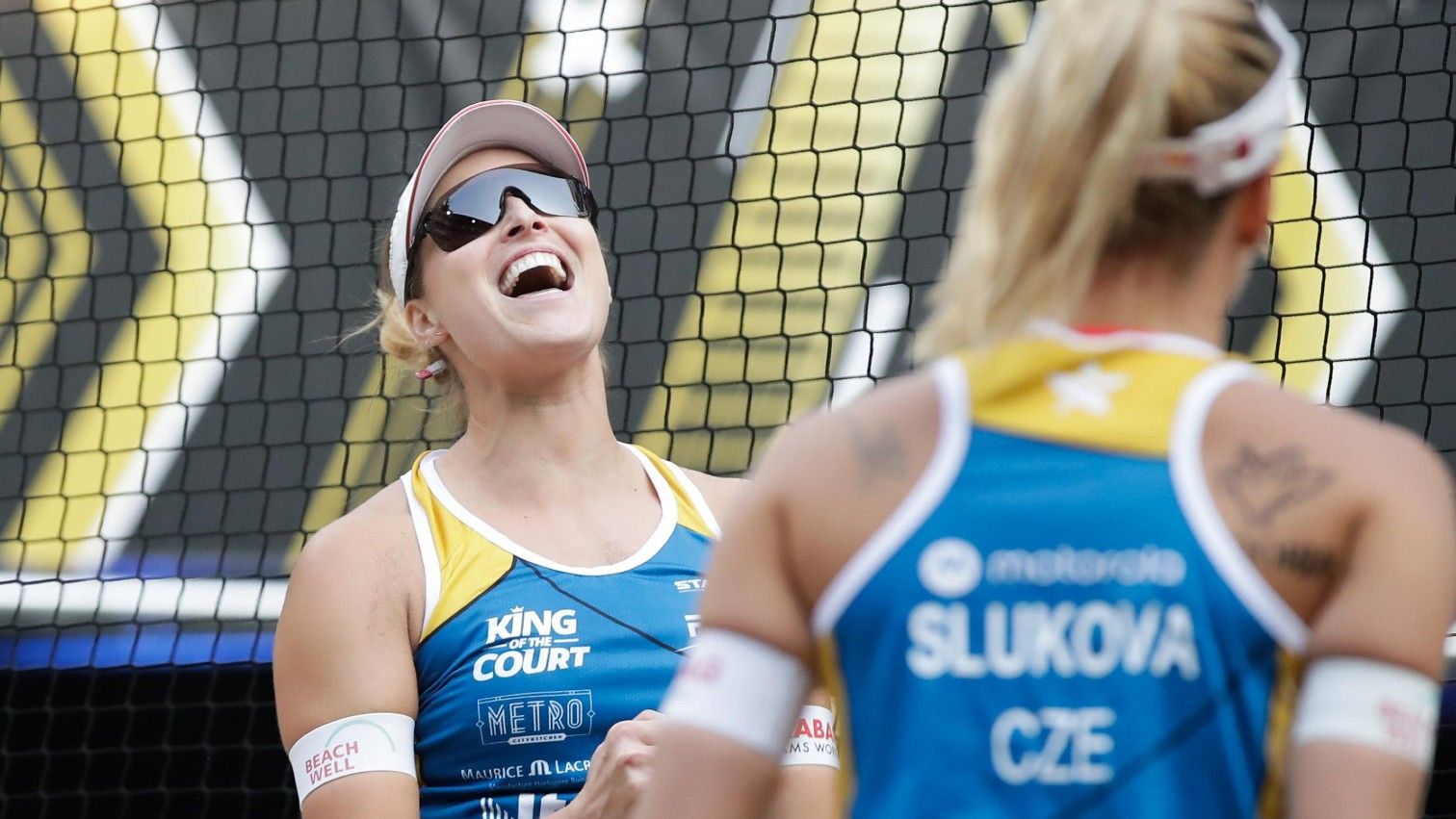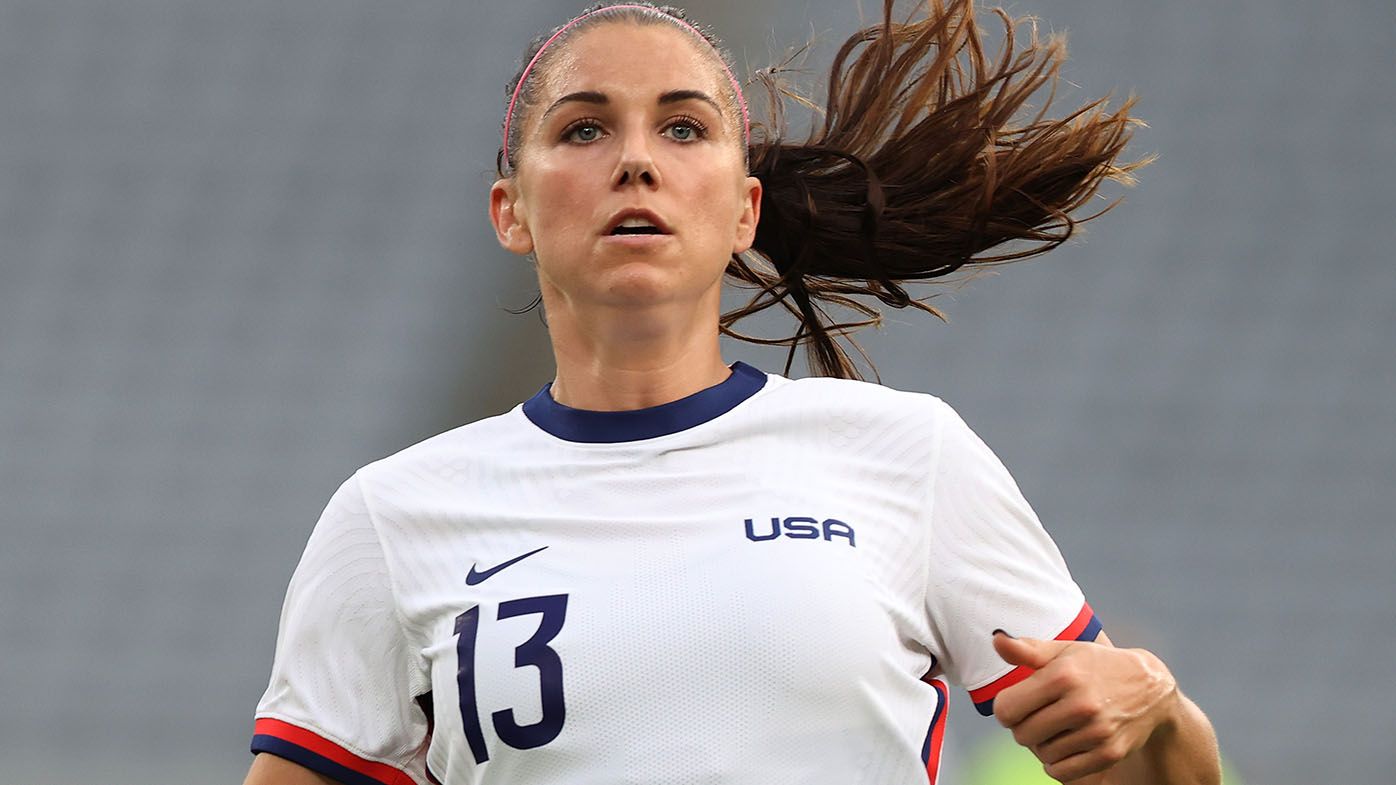Mascots have been a part of branding for decades, serving as more than just a friendly face for companies. They represent a brand’s identity, values, and personality in a way that can resonate deeply with audiences. In today’s competitive market, having a mascot can be a powerful tool to elevate your brand narrative and create lasting impressions. This article explores the multifaceted role of mascots in branding, how they can enhance your brand narrative, and best practices for leveraging them effectively.
1. Understanding the Role of Mascots in Branding
Mascots are often thought of as playful, whimsical characters, but their role in branding extends far beyond mere entertainment. They serve as a visual and emotional representation of a brand, helping to humanize it and make it more relatable. Here’s how mascots play a crucial role in branding
a. Building Brand Identity
A mascot can embody the essence of a brand, making it easier for consumers to connect with it on a personal level. For example, the Geico Gecko and the Michelin Man are not just characters but symbols of their respective brands. These mascots help in creating a strong and memorable brand identity that stands out in a crowded market.
b. Enhancing Brand Recognition
Mascots are highly recognizable and can significantly improve brand recall. The visual appeal of a mascot makes it easier for people to remember the brand it represents. For instance, the Pillsbury Doughboy is instantly recognizable and synonymous with the Pillsbury brand.
c. Creating Emotional Connections
Mascots can evoke emotions and foster a sense of familiarity and trust. A well-designed mascot can create a positive emotional connection with the audience, leading to increased brand loyalty. This emotional bond can be a powerful driver of consumer behavior and brand preference.
2. Crafting a Compelling Brand Narrative with Mascots
A mascot can be a central element in crafting and communicating a brand’s narrative. Here’s how you can use mascots to enhance your brand story
a. Reflecting Brand Values and Personality
Mascots should align with the core values and personality of the brand. For instance, a brand that values fun and innovation might choose a lively and energetic mascot, while a brand that emphasizes trust and reliability might opt for a more dependable and steady character. The mascot becomes a personification of the brand’s attributes.
b. Engaging Storytelling
A mascot can be the hero of your brand’s story. By creating a narrative around your mascot, you can engage your audience in a way that’s both entertaining and informative. For example, the M&M’s characters have their own distinct personalities and storylines that entertain and engage consumers while promoting the brand.
c. Consistent Messaging
Consistency is key in branding. A mascot can help maintain consistent messaging across various channels and touchpoints. Whether it's on social media, in advertisements, or at events, the mascot serves as a constant reminder of the brand’s message and values.
3. Best Practices for Using Mascots in Your Brand Strategy
To effectively leverage mascots in your brand strategy, consider the following best practices
a. Design with Purpose
The design of your mascot should be intentional and aligned with your brand identity. Consider factors such as color, shape, and personality traits that reflect your brand’s core values. A mascot should be visually appealing and versatile enough to be used across various media.
b. Develop a Strong Backstory
A mascot with a compelling backstory can create a deeper connection with your audience. Develop a narrative that explains who the mascot is, where it comes from, and its role in the brand’s story. This backstory can be used in marketing materials to build interest and engagement.
c. Engage with Your Audience
Use your mascot as a tool to engage with your audience. This can include creating interactive content, hosting mascot-themed events, or using the mascot in social media campaigns. Engaging with your audience through the mascot can strengthen the emotional bond and increase brand loyalty.
d. Maintain Consistency
Ensure that your mascot is used consistently across all brand touchpoints. This includes maintaining a consistent visual style and tone of voice in communications. Consistency helps in reinforcing the mascot’s association with the brand and ensures that it becomes a recognizable symbol.
4. Case Studies of Successful Mascot Branding
To illustrate the power of mascots in branding, let’s look at some successful examples
a. Tony the Tiger – Kellogg’s Frosted Flakes
Tony the Tiger is an iconic mascot that has been associated with Kellogg’s Frosted Flakes for decades. His energetic and friendly personality reflects the fun and excitement of eating the cereal. Tony has become a beloved character, contributing to the brand’s strong market presence.
b. Ronald McDonald – McDonald’s
Ronald McDonald is one of the most recognizable mascots in the world. His cheerful and approachable demeanor helps create a positive brand image for McDonald’s. Ronald McDonald is not just a mascot but a symbol of the brand’s commitment to fun and family-friendly dining experiences.
c. The Energizer Bunny – Energizer
The Energizer Bunny is known for its endless energy and persistence, aligning perfectly with the brand’s message of long-lasting battery life. The bunny’s memorable presence in advertising has helped reinforce Energizer’s brand promise and maintain its competitive edge.
5. The Future of Mascots in Branding
As technology evolves, so does the role of mascots in branding. The future of mascots will likely involve
a. Digital Integration
Mascots will increasingly be integrated into digital platforms, including social media, mobile apps, and virtual reality. This digital presence will allow for more interactive and engaging experiences with the mascot.
b. Personalization
Advancements in technology may enable more personalized interactions with mascots. For example, AI-driven mascots could provide customized responses and experiences based on user preferences and behaviors.
c. Global Reach
With globalization, mascots will have the opportunity to reach a wider, international audience. Brands will need to adapt their mascots to resonate with diverse cultural contexts while maintaining a consistent brand identity.
FAQs
Q1 How do I choose the right mascot for my brand?
A1 Choose a mascot that aligns with your brand’s values, personality, and target audience. Consider what traits and characteristics will best represent your brand and appeal to your customers. The mascot should be visually distinct and memorable.
Q2 How can I ensure that my mascot remains relevant over time?
A2 Regularly evaluate your mascot’s relevance and make updates if necessary. Stay attuned to changes in your brand’s identity and market trends. Refreshing your mascot’s design or story while maintaining core elements can help keep it relevant.
Q3 Can mascots be used in digital marketing strategies?
A3 Yes, mascots can be effectively used in digital marketing strategies. They can be featured in social media campaigns, digital ads, and interactive content. Incorporating mascots into digital platforms can enhance engagement and strengthen brand presence online.
Q4 What are some common mistakes to avoid when using mascots in branding?
A4 Common mistakes include creating a mascot that doesn’t align with your brand’s identity, overusing or underusing the mascot, and failing to maintain consistency in its portrayal. Ensure that your mascot reflects your brand values and is used effectively across all channels.
Q5 How can I measure the impact of my mascot on my brand’s success?
A5 Measure the impact of your mascot through various metrics, such as brand recognition, audience engagement, and customer feedback. Analyze data from marketing campaigns, social media interactions, and sales performance to assess the mascot’s effectiveness in enhancing your brand narrative.
Mascots hold significant power in branding by embodying the essence of a brand, enhancing emotional connections, and improving brand recognition. By thoughtfully designing and implementing a mascot, businesses can create a compelling brand narrative that resonates with audiences and stands out in the competitive market. As brands continue to innovate and evolve, mascots will remain a vital tool in shaping and elevating brand identities.
Get in Touch
Website – https://www.webinfomatrix.com
Mobile - +91 9212306116
Whatsapp – https://call.whatsapp.com/voice/9rqVJyqSNMhpdFkKPZGYKj
Skype – shalabh.mishra
Telegram – shalabhmishra
Email -info@webinfomatrix.com

.jpg)
.jpg)





 English (US) ·
English (US) ·